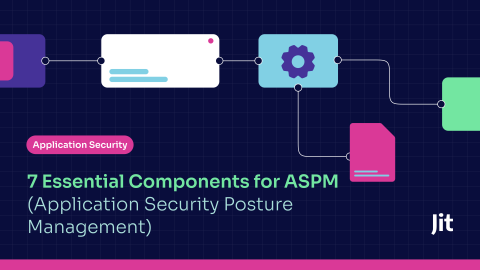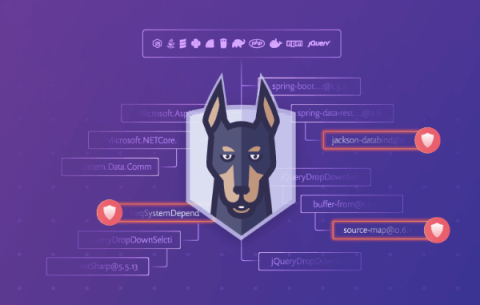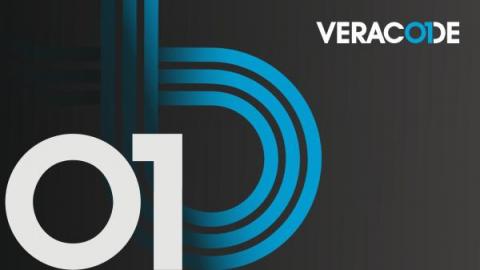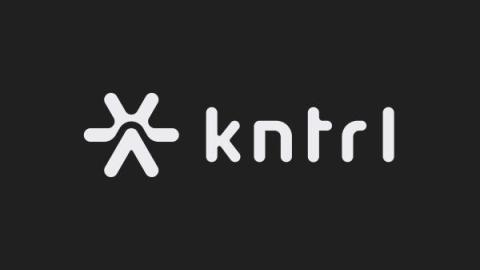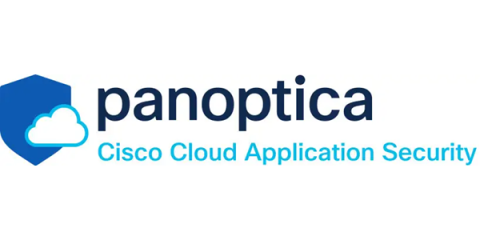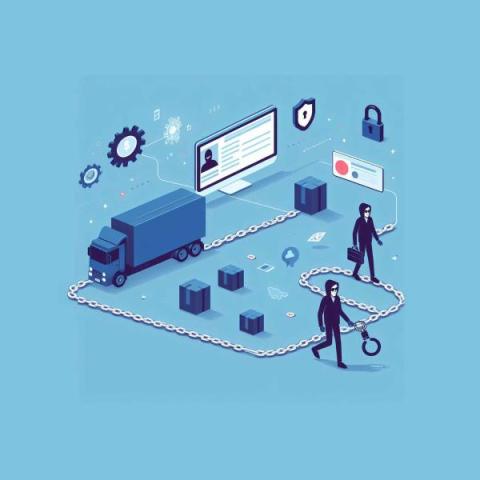The 7 Essential Components for ASPM (Application Security Posture Management)
As attack vectors expand due to architectural changes, such as distributed cloud deployment, APIs, and multiple access mechanisms, modern apps are under increasing threat. Additionally, with an ever-growing feature set, rapid release cycles, and dependency on third-party libraries, security is impacted at every application stage of the SDLC. Application-layer attacks have spiked by as much as 80% in 2023.


